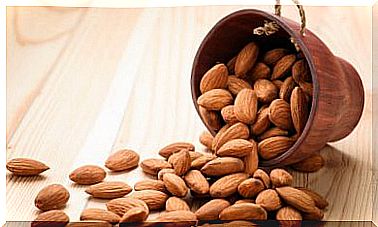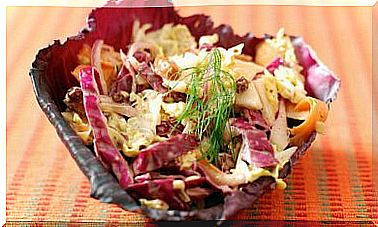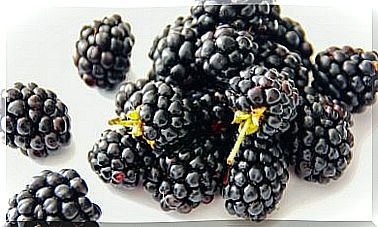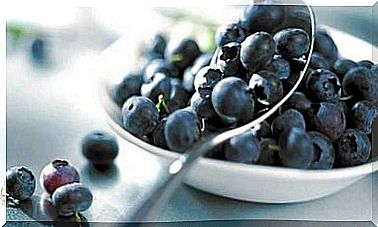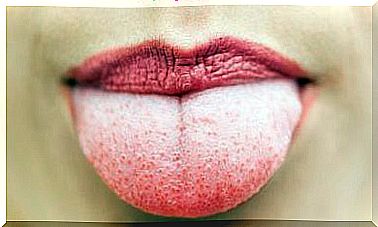What Is Monosodium Glutamate? Health Risks
The use of monosodium glutamate or umami is the easy and artificial way to add flavor to our dishes. Instead, turn to natural alternatives
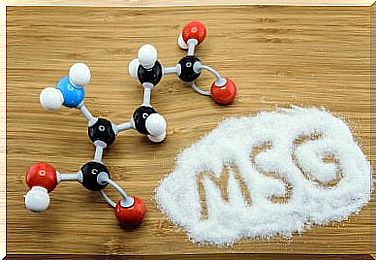
We hear about monosodium glutamate more and more frequently. This happens, above all, due to the influence of Asian food, which uses this flavor enhancer in a large number of recipes.
In this article we discover what monosodium glutamate is, in what types of foods it is present and what are its harmful effects on health.
We also share some healthy alternatives to enhance the flavor of food.
What is the monosodium glutamate?
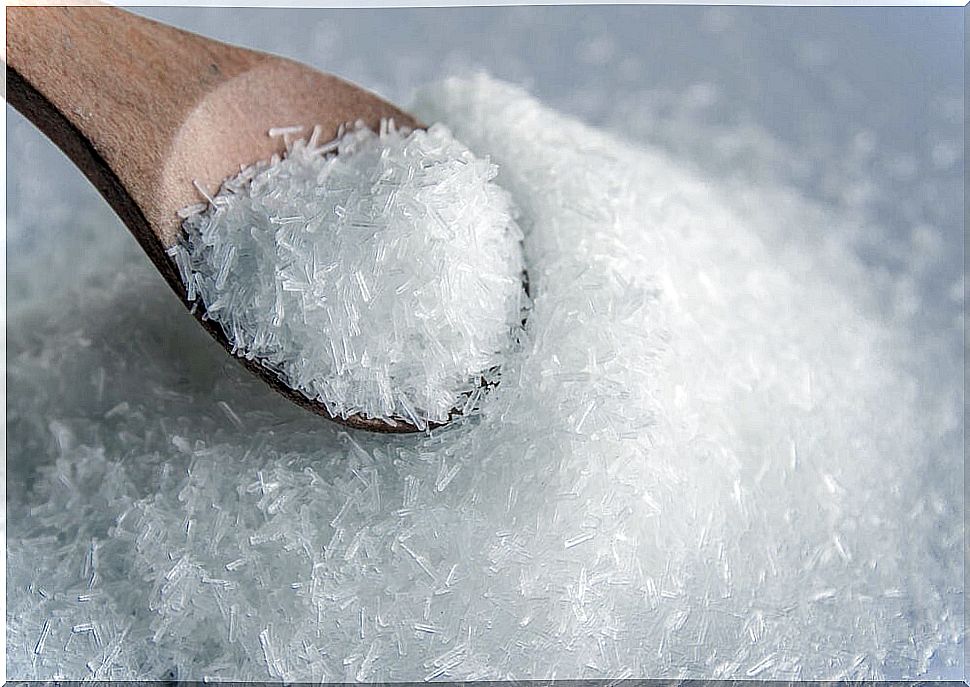
Monosodium glutamate is a chemical additive also known as MSG or umami. This is used to enhance the flavor of food.
- Umami is actually one of the five flavors that we recognize, along with sweet, sour, bitter, and salty.
- Many foods taste this naturally. These are for example meat, mushrooms or spinach. However, monosodium glutamate is a chemical component.
Although its use as a food additive is accepted, its consumption is related to symptoms and discomfort in some people. This set of reactions is called the “Chinese restaurant syndrome” because MSG is common in Asian cuisine.
Harmful health effects
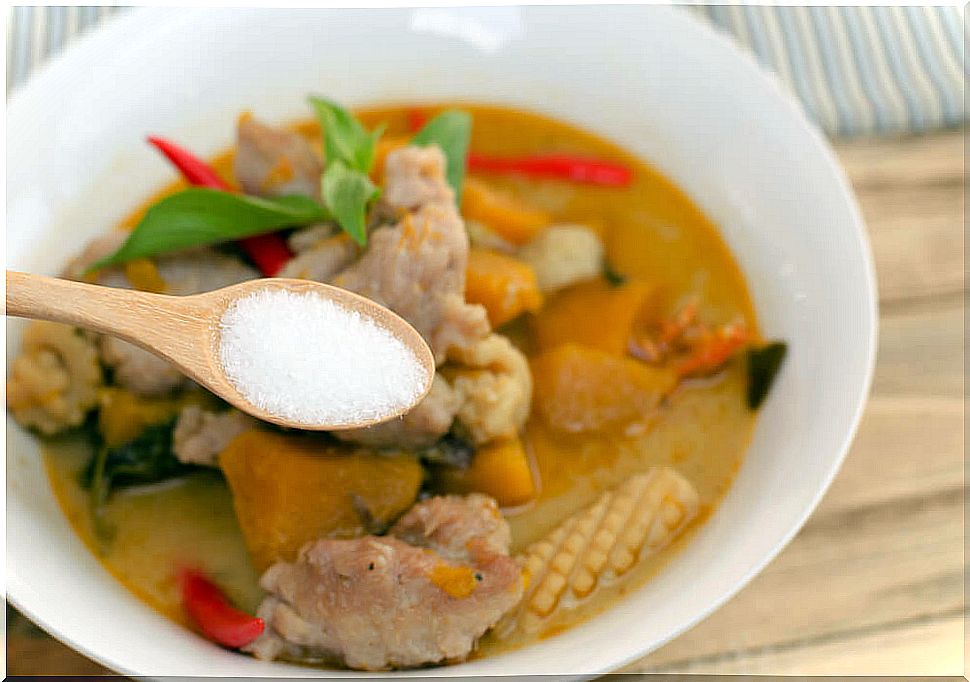
In some people, monosodium glutamate may cause the following side effects:
- Headache or migraine
- Muscle tension
- Redness of the skin
- Increased sweating
- Burning in the mouth
- Facial swelling
- Intestinal disorders
Why am I not having symptoms?
Not all people have the same body and our digestive system responds differently to chemical components.
However, that does not mean that it does not harm us. Depending on our state of health and the sensitivity of our body we may notice these symptoms.
In some cases, the person may suffer these discomforts in a mild way and not relate them to this additive, but to any other factor (having eaten too much, having abused salt, etc.).
For this reason, it is important to know them to stop consuming it if it affects us in a negative way.
In what foods do we find it?
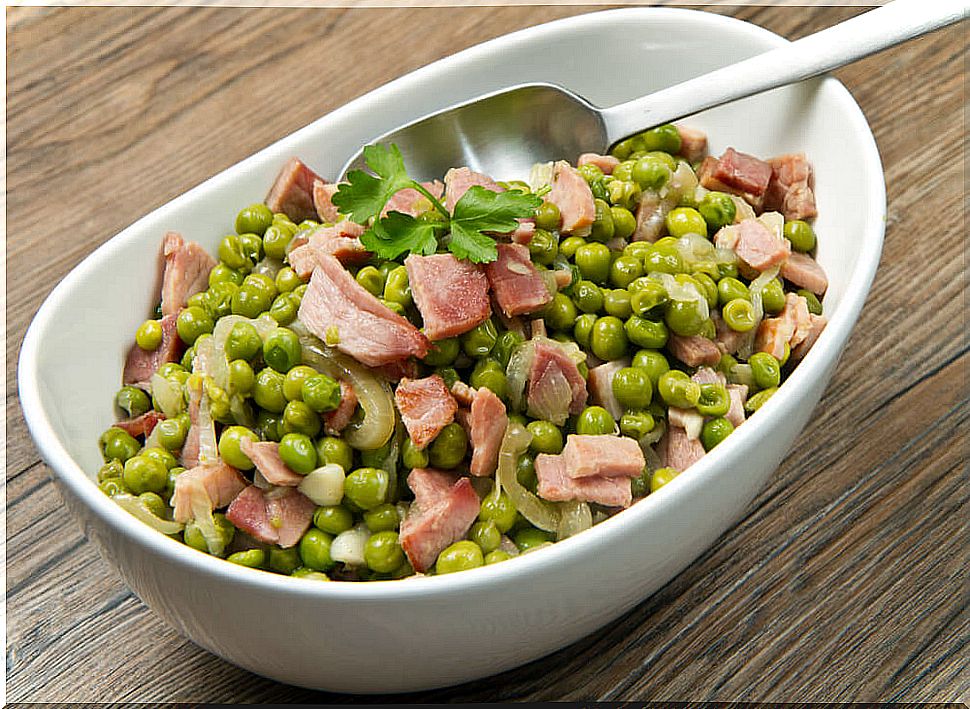
Monosodium glutamate, umami, is a difficult taste to classify. It just isn’t any of the other four (sweet, salty, sour, or bitter).
The feeling we have when eating it is something very tasty that encourages us to continue eating. Some studies defend that people who consume it feel the need to continue eating it.
Umami is present, naturally, in foods such as tomatoes, meat, anchovies, ham or breast milk.
However, if we look at the labels of processed products, we can find it in chips, snacks, sauces, soups and broths, etc.
Asian cuisine uses monosodium glutamate as a flavor enhancer on a regular basis, much like soy sauce or salt. For this reason, some foods as simple as white rice or fried noodles are so tasty and appetizing despite not including garnish.
Healthy alternatives to enhance flavor
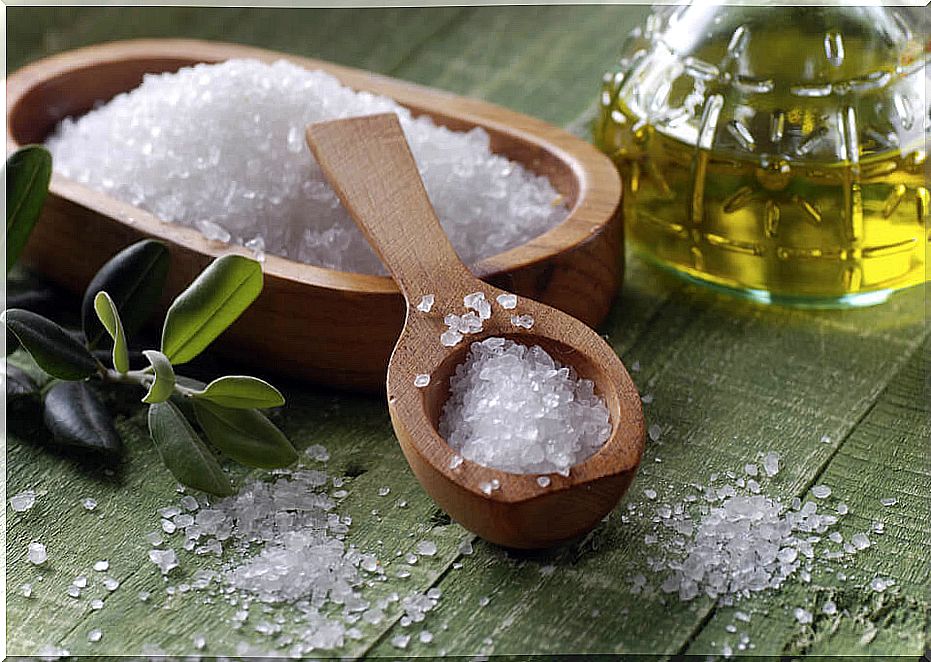
If we want to enhance the flavor in a natural way, for example, so as not to abuse salt, we can choose these condiments:
- Sea salt or Himalayan salt instead of common salt. Still, remember that too much sodium can be bad. It moderates its consumption and varies.
- Homemade sauces based on typical seasonal vegetables from our area, spices and aromatic plants. These are always the healthiest and most nutritious option.
- Dehydrate vegetables such as celery and carrots and then grind them and mix them with the salt. In this way we will have our homemade herbal salt.
- Prepare seasoned oils. We simply have to add dried tomatoes, garlic or sprigs of thyme or fresh rosemary. We will let it ferment for at least two weeks and then the flavored oil will be ready for consumption.
- Fish recipes such as stews or baked goods. These are delicious if we salt them with sea water. Today, more and more supermarkets sell purified seawater for consumption.
- We can play with the rest of the flavors to highlight the taste of our recipes. We can add spicy (cayenne, ginger, pepper), sweet (stevia, honey) and acid (lemon, vinegar).
It is important to note that our palate gradually gets used to the flavors. Using monosodium glutamate, regardless of whether it suits us or not, is the easy and unhealthy way to make our dishes taste good.
